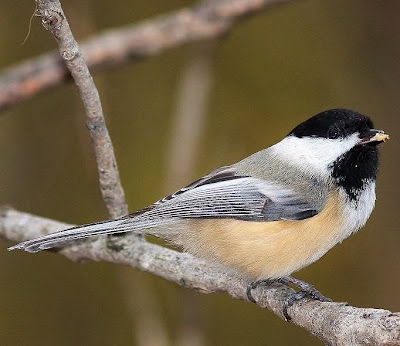Meliphaga lewinii
 |
| Photo by Tom Tarrant (Wikipedia) |
Common name:
Lewin's honeyeater (en); melífago de Lewin (pt); méliphage de Lewin (fr); mielero de Lewin (es); goldohr-honigfresser (de)
Taxonomy:
Order Passeriformes
Family Meliphagidae
Range:
This species is endemic to eastern Australia, being found from north-eastern Queensland to south-eastern Victoria.
Size:
These birds are 20-22 cm long and weigh 34 g.
Habitat:
The Lewin's honeyeater is found in both rainforest and wet sclerophyll forest, also using scrublands, dry tropical forests, arable land, pastures, rural gardens and urban areas.
Diet:
They feed mainly on small fruits and berries, but also taking insects and nectar.
Breeding:
Lewin's honeyeaters breed in September-January. The nest is a large oval cup made of vegetation and other materials, bound together with spider webs and lined with softer materials. There the female lays 2-3 eggs, which are incubated for about 14 days. The chicks are fed by both parents and fledge 14 day after hatching.
Conservation:
IUCN status - LC (Least Concern)
This species has a large breeding range and is described as abundant. The population is suspected to be stable in the absence of evidence for any declines or substantial threats.

















